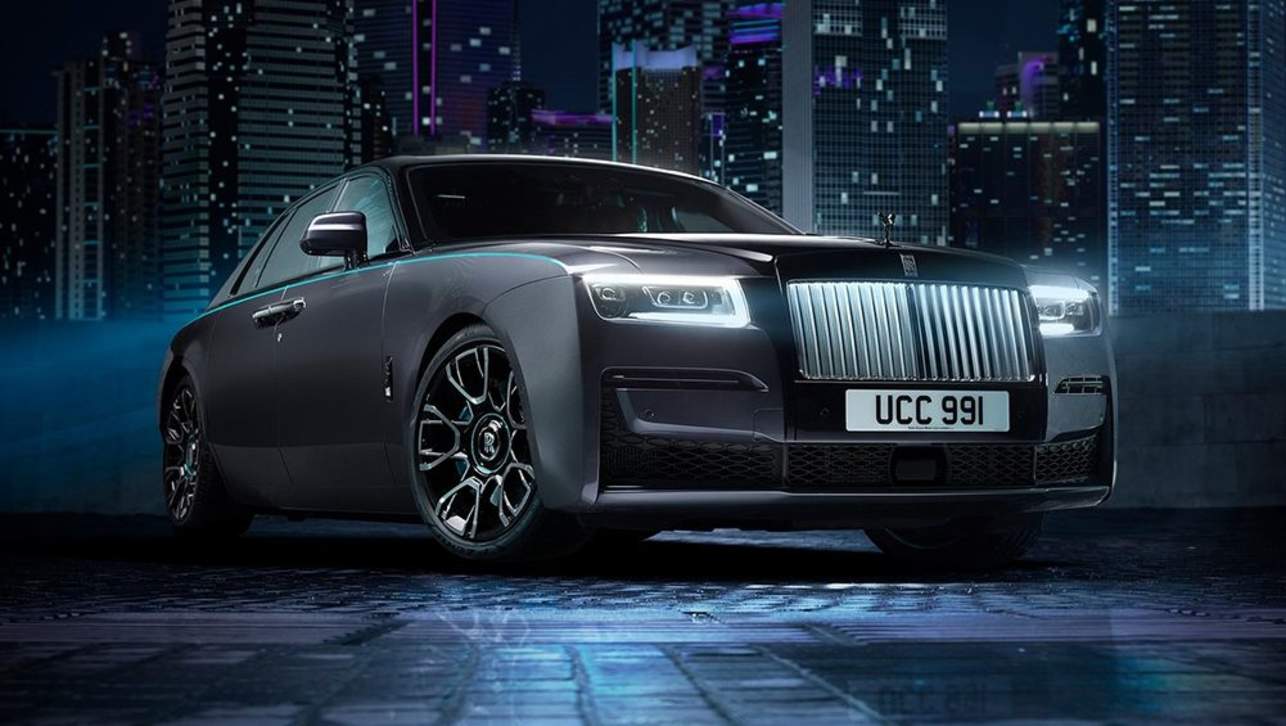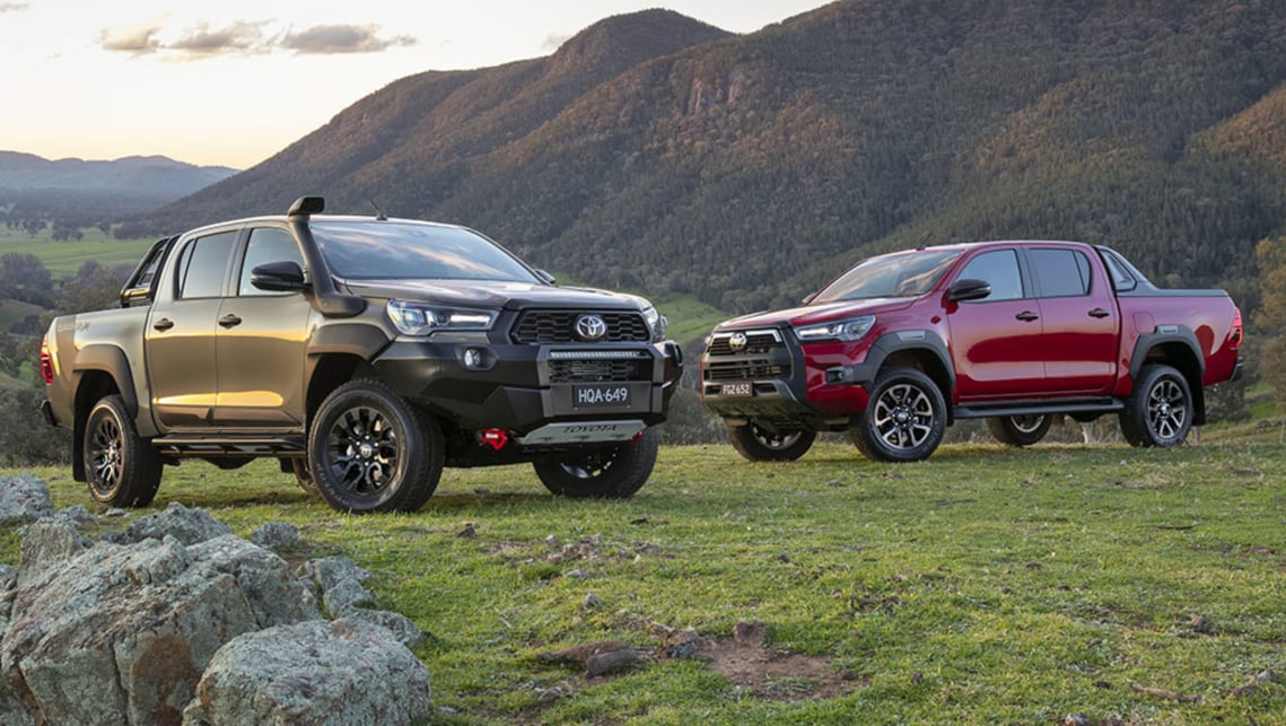Toyota’s 70 Series of vehicles is a long-running range that makes up the workhorse end of the LandCruiser line-up. Within the series is a variety of engines, body styles and purposes, so it’s best to think of the 70 Series as a family of vehicles rather than a specific car.
The 70 Series replaced Toyota’s 40 Series way back in 1984 and has been in showrooms ever since. By then, Toyota had broadened the LandCruiser’s design brief to include family-friendly station-wagons (the 55 Series and later 60 Series) with more comfort, leaving the 40 Series vehicles as the pure workhorses in the range. And that’s the role the 70 Series took over.
.jpg)
Back in 1984 when the 70 Series first landed here, the FJ70 (petrol) and BJ70 (diesel) tags related to the short-wheelbase LandCruisers; the BJ73 and FJ73 were mid-wheelbase cars, while the 75 Series cars were the long wheelbase models. Breaking that down even further, the short and mid-wheelbase chassis was available as a two-door wagon/van with a hardtop and a version with a removable fibreglass roof section. The long-wheelbase models consisted of a single-cab pick-up, a cab-chassis and an 11-seater station-wagon called a Troop Carrier. Both the cab-chassis and Troopy are much more familiar sights in this country. There was also a coil-sprung version of the short-wheelbase with (lighter-duty) HiLux running gear called the Bundera (RJ70).
The Bundera’s coil springs aside, there was still a lot of 40 Series technology in the 70. That included the body-on-chassis construction (although the 70 got a more robust, boxed chassis design) leaf springs at both ends and live axles front and rear. It also retained the part-time four-wheel-drive system with 2WD, 4WD high-range and 4WD low-range.
Engine-wise, the long-wheelbase cars used a carry-over diesel engine, the 76kW, four-litre non-turbo diesel (2H) or the four-litre petrol with 110kW (3F). Four-speed gearboxes were your lot. The 3F petrol six-cylinder was available in the short and mid-wheelbase cars and the top-of-the-range Bundera (the Deluxe), but if you wanted a diesel shorty or middie or didn’t need the bigger six-cylinder, Toyota offered a range of diesel, turbo-diesel and petrol four-cylinder powerplants.
.jpg)
It didn’t take long for the cab-chassis and Troop Carrier to become the clear preference for Aussie buyers, mainly because the LWB models had a decent payload (1000kg) were big inside, rugged and reliable and absolutely brilliant off-road. Popular factory options included snorkels, locking differentials and long-range fuel tanks to took the total fuel payload to 180 litres.
By 1990, Toyota finally gave the 70 Series the diesel engine it had always deserved when the non-turbocharged 1HZ was added to the line-up. A single overhead camshaft, 96kW and a reputation for being a million-kilometre engine soon cemented the 1HZ’s place in the scheme of things.
By 1993, the consumers had voted and Toyota dropped the short-wheelbase models, having dumped the Bundera and mid-wheelbase cars three years earlier. That left the long-wheelbase versions to battle on with a new option of the addition of the 158kW 1FZ-FE six-cylinder petrol engine to help their cause. By now, the standard gearbox was a five-speed manual but Toyota had still not engineered the 70 Series for an automatic transmission. It still hasn’t.
The first really big engineering change arrived in 1999 when Toyota finally did something about the crude leaf suspension at either end. At the front, the 70’s still-live axle got coil springs. At the same time, Toyota also fitted longer rear springs which doesn’t sound like much but did make for a smoother ride. Combined with the coil-sprung front end, the vehicle was suddenly a much nicer thing to ride in. To mark the upgrade, the Troop Carrier now became known as the 78 Series and the cab-chassis the 79 Series. A couple of years later, Toyota tapped into the growing recreational off-roader market and offered the 78 and 79 with a modern turbo-diesel; the 4.2-litre, 122kW 1HD-FTE. This was a game-changer because it suddenly gave buyers a diesel option that didn’t need three weeks notice to overtake a road-train and was much better at towing a camper-trailer.
_0.jpg)
Many carmakers would have called the upgrade of 2007 a brand-new model, but Toyota knew that the reputation and goodwill embodied in the 70 Series name was too good to throw away on a 'new' idea. So, for that year, the biggest change in 70 Series history took place.
Gone were all three diesel and petrol six-cylinder diesels and in their place came a brand-spanking turbo-diesel V8, and that’s about as exotic as it gets in the bush. Measuring 4.5-litres and good for 151kW of power, the V8 was torquey and under-stressed. And with the right exhaust system it sounded fabulous. Electronic control of the V8 also made it possible for the vehicle to meet Euro 4 emissions targets.
The 76 Series wagon was introduced at this point; a five-door conventional wagon without the Troopy’s high roof, plenty of glass area and the same driveline and suspension, including the live axles on which hard-core off-roaders place so much value. It’s a good looking truck and great for families who want something a bit more rugged looking than the 200 Series station-wagon Toyota also offers.
These days, the 70 Series soldiers on with the same range with the addition of a dual-cab pick-up that was designed to appeal to companies involved in the recent mining boom. Safety has also been upgraded thanks to air-bags and ABS brakes (although only the single-cab scores five stars for safety) and the five-speed manual gearbox finally got a taller fifth gear for the 2017 model year.
_0.jpg)
But it hasn’t all been progress. There’s no doubt the move to coil springs at the front was a good move, but the switch to five-stud wheels (from six-stud) in the late 90s suddenly meant that everybody who had specced their trailer or van or camper-trailer to use the same rims, suddenly had to double the number of spare tyres they carried for remote-area work.
The shift to the V8 was not without its fraught moments early on, either. Some early examples of the V8 liked to drink oil, and owners grumbled about the placement of the alternator (low down in the engine bay – not good for water crossings) and starter motor (in the vee of the engine, below the intake and injection gear).
But possibly the biggest moan over the years has been the different track front to rear on 78 and 79 Series Cruisers. The bulkier V8 engine forced Toyota to widen the engine bay and, therefore the front track. Suddenly, that meant that those bush tracks formed by a million other LandCruisers were now the wrong width for the new model. More importantly, the rear track stayed the same as before, so now the rear wheels didn’t follow in the tracks made by the fronts. In sandy country, this made for harder going as the rears couldn’t ride on the sand packed down by the front tyres.
_0.jpg)
But really, these are minor gripes and shouldn’t make the fact that the 70 Series has survived so long in a relatively unchanged form any less amazing in such a tough market.
Wondering what the body-type model codes are for the current LandCruiser 70 Series line-up? This should help:
LC76 - Five-door wagon
LC78 - Troop Carrier / Troopy
LC79 - Cab-chassis
.jpg)


.jpg)

.jpg)

.jpg)
 copy.jpg)

.jpg)


.jpg)
.jpg)


.jpg)


.jpg)
.jpg)
.jpg)


.jpg)





Comments